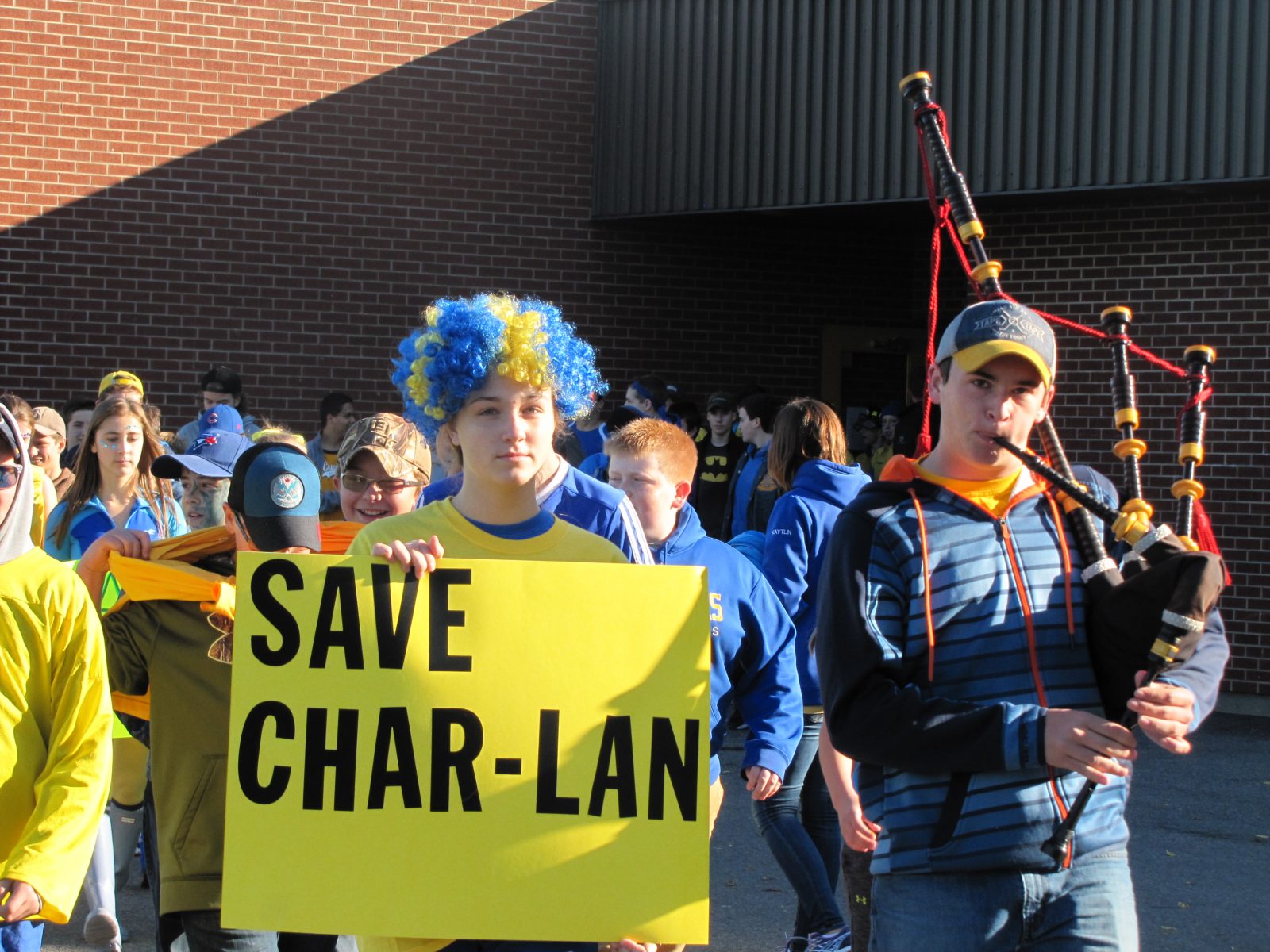CORNWALL, Ontario – Four months ago the Upper Canada District School Board (UCDSB) chose to begin its Pupil Accommodation Review (PAR) based on a report from their administration. That report called for the immediate closure of a majority of the Board’s schools that are in rural communities. Furthermore, it recommended that students be bused, sometimes for more than an hour to a different school outside of their community.
When looking at such a prospect in that light, it raises the question, how could they have said yes to this plan in the first place?
In September, the original reason given for closing so many schools that are performing well, and pillars in their communities was for reasons of provincial funding.
You see, under the new funding model introduced by the Ministry of Education in March 2016, the provincial government will not subsidize empty spaces in public schools. Furthermore they will not grant capital funding for new schools as long as there were spaces in old ones.
This was the first reason given by the UCDSB for the school closures. Slowly however, that first reason morphed from being about money, to being about student learning.
Students, parents and eventually entire communities began to poke holes in the financial motives that the school board had had to close and consolidate schools.
Most of the communities in SD&G that are affected by the school closures hired Doyletech to conduct a study on how the UCDSB’s plan will financially impact their communities and in the cases of North Glengarry, South Glengarry and South Stormont Doyletech found that the cost of school closures would be in the millions of dollars every year.
The UCDSB would not be immune from this financial hit as some residents would inevitably move away and take their tax dollars with them.
The financial argument clearly does not make sense, so the conversation shifted towards the well-being of students and their future academic success.
The argument arose that students would be better off academically in larger schools as they would have access to more programs.
Doyletech found that this is not true as students often do not take advantage of more programs in bigger schools.
Right now in their smaller schools students are given opportunities to get more one on one time in clubs and in class and they only have to compete against dozens of students for a spot on a sports team rather than hundreds.
Furthermore, at the most recent Accommodation Review Committee Meeting Dr. Anna Williams explained that longer bus rides would be detrimental to the health of students.
The student welfare argument does not seem to fall in favour of school closures
The real reason that this entire school board closure issue boils down to is that under the Ministry of Education’s new funding model the UCDSB cannot build a new school.
CCVS is more than 60 percent empty and according to the school boards measurements is in poor shape, yet they know they will not get funding to replace Cornwall’s largest public high school unless they pack CCVS to well beyond capacity.
The communities of SD&G that are the most affected by the school board’s proposal have come together strongly and put forward solid solutions to save the schools in their communities.
Save Char-Lan’s plan to merge Char-Lan DHS and Williamstown Public School into a single campus school makes sense, they are right across the road from each other.
Given the work that the communities have put into this effort and their opposition to the school board’s plan, it makes you wonder that when it comes time for the final decision, how could they say yes to school closures?

